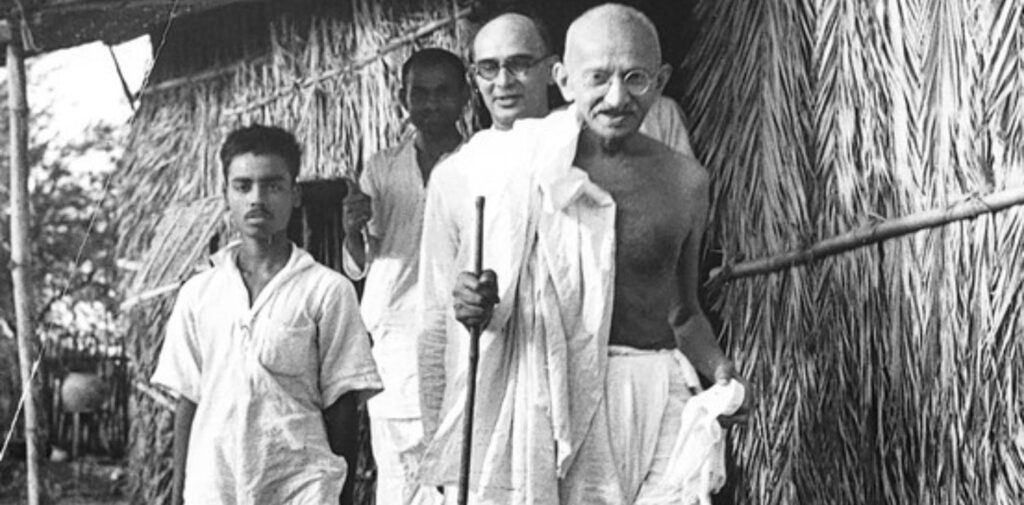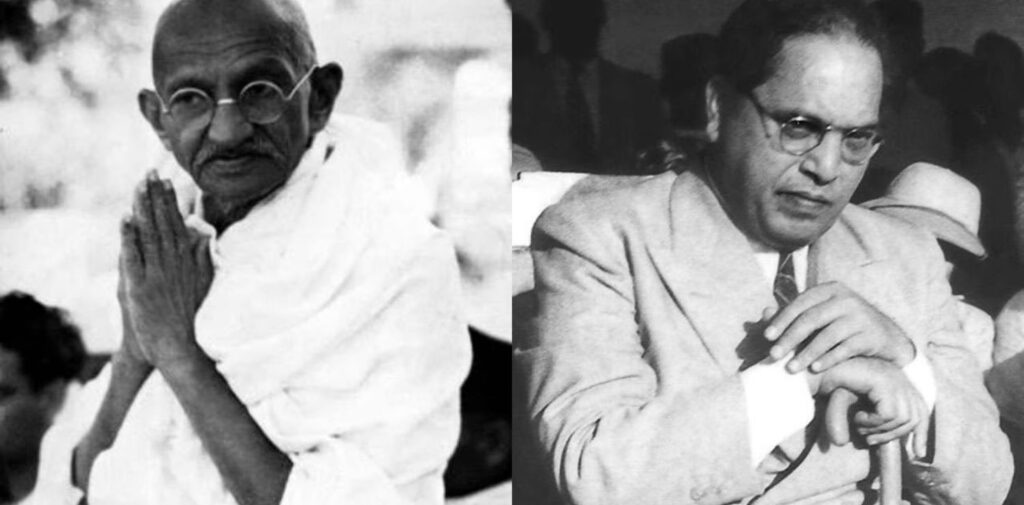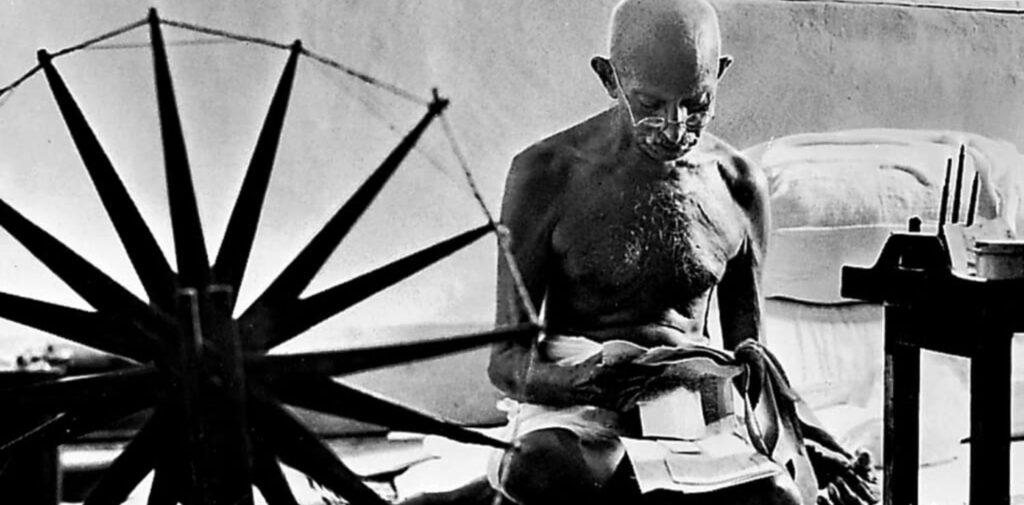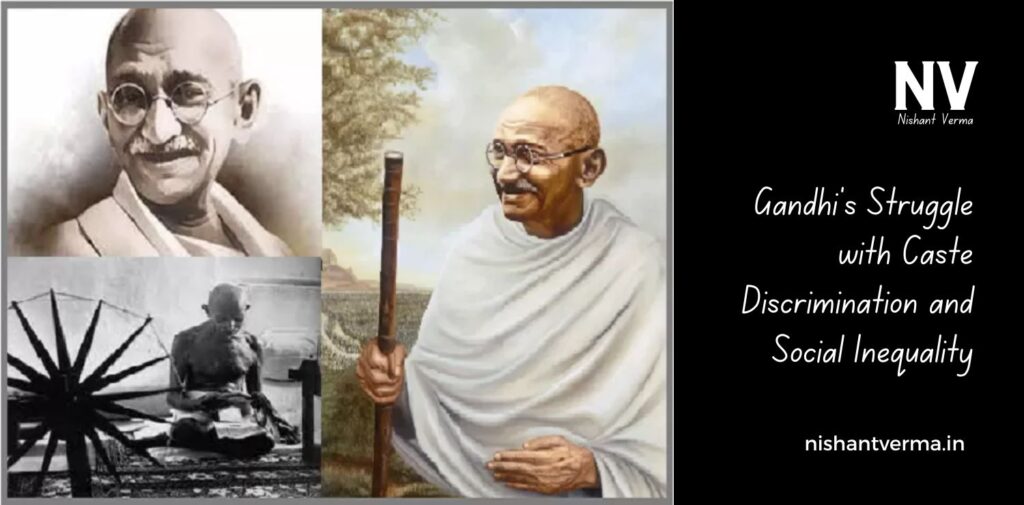Mahatma Gandhi, one of the most influential leaders in India’s struggle for independence, is widely remembered for his commitment to non-violence, truth, and social justice. He led millions of Indians to fight against British colonial rule and worked to unify the country under the banner of equality. However, despite his many achievements, Gandhi’s approach to caste discrimination and social inequality is often criticized for not being as effective as it could have been. While Gandhi made significant contributions to addressing these issues, his efforts to tackle the deep-rooted caste system and social disparities in India were limited in scope and, in some cases, failed to bring about the desired changes.

Gandhi’s View on Caste and Social Inequality
Gandhi’s relationship with the caste system was complex. He was born into a caste that was part of the upper-class Hindu society, yet he was deeply disturbed by the harsh treatment meted out to the lower castes, particularly the untouchables. Gandhi famously referred to them as “Harijans” or “children of God,” and he considered them to be a vital part of Hindu society. His belief in their dignity and the need for their upliftment was central to his social vision.
Gandhi’s anti-caste stance was rooted in his strong belief in non-violence and equality for all people, regardless of their social status. He worked hard to create a sense of social justice, especially in terms of improving the lives of the untouchables. Gandhi advocated for their right to enter temples, access water sources, and participate in social and religious activities. He encouraged upper-caste Hindus to take responsibility for their behavior and urged them to abandon discriminatory practices against the untouchables.
However, despite his genuine concern for the untouchables, Gandhi’s efforts often failed to bring about significant change. His approach, which was primarily based on moral persuasion and non-violent resistance, sometimes fell short of challenging the deeply entrenched social structures that upheld caste-based discrimination.
Gandhi’s Efforts and Their Limitations
The Harijan Movement:
One of Gandhi’s major initiatives to address caste discrimination was the Harijan Movement, launched in 1932. The movement sought to improve the social and economic conditions of untouchables, whom Gandhi called Harijans. He toured the country, advocating for their rights and calling on people to treat them with respect and dignity. Gandhi encouraged the untouchables to fight for their rights but also urged upper-caste Hindus to change their attitudes.
However, the movement had its limitations. While it succeeded in drawing attention to the plight of the untouchables, it did not bring about significant systemic change. Many of the social practices that discriminated against lower castes remained largely unchanged, and the social stigma surrounding untouchability continued to persist. Gandhi’s emphasis on moral persuasion often fell short in addressing the deeper, structural inequalities that existed in Indian society.
The Poona Pact:
In 1932, Gandhi went on a fast unto death to protest the British government’s decision to create separate electorates for untouchables in India’s legislative system. This was an attempt by the British to give the untouchables political representation, but Gandhi saw this as divisive and harmful to the unity of the Hindu community. Gandhi feared that separate electorates would further isolate the untouchables and perpetuate their social marginalization.
The result of his fast was the Poona Pact, which established joint electorates for the untouchables, with a certain number of reserved seats for them in the legislature. While this was seen as a victory for Gandhi, it also raised questions about the effectiveness of the solution. Critics argue that the Poona Pact was merely a compromise, and it did not address the fundamental issues of caste discrimination and inequality. The untouchables still faced social exclusion, and their political representation was limited in a system that continued to prioritize upper-caste interests.

Gandhi’s Relationship with Ambedkar:
Dr. B.R. Ambedkar, one of the most prominent leaders of the Dalit community, had a very different approach to caste discrimination. Ambedkar, a lawyer and scholar, was deeply critical of the Hindu religion and the caste system. He believed that true liberation for the untouchables could only come from a complete rejection of Hinduism, which he saw as a system that perpetuated caste-based inequality. Ambedkar’s solution was to embrace Buddhism, which he saw as a more egalitarian religion.
Gandhi and Ambedkar had several disagreements on the issue of caste. While Gandhi believed in reforming Hinduism to eradicate caste discrimination, Ambedkar believed that the caste system was too entrenched to be reformed and that Dalits needed to distance themselves from Hinduism entirely. The two leaders clashed in 1932 over the Poona Pact and its provisions. Gandhi opposed separate electorates for untouchables, while Ambedkar argued that this would ensure the political rights of the Dalits.
Despite their differences, both Gandhi and Ambedkar had a significant impact on the social and political landscape of India. However, Gandhi’s failure to fully address the concerns of Ambedkar and the Dalit community left many feeling that his efforts were inadequate. Ambedkar’s eventual conversion to Buddhism in 1956 and his leadership in drafting the Indian Constitution would later provide an alternative framework for addressing caste-based discrimination and social inequality.
Gandhi’s Failure to Challenge the Caste System
While Gandhi’s efforts to address caste discrimination were noble, they were not enough to dismantle the caste system. The caste system, with its deep historical roots, was not easily eradicated by moral appeals or social reforms alone. Gandhi’s strategy of non-violent resistance and moral persuasion was often ineffective in the face of such a deeply entrenched social hierarchy.
Gandhi’s vision of Hinduism was that it could be reformed and that it could provide the solution to caste discrimination. However, this vision did not address the fundamental problems with the caste system itself. Gandhi did not call for the complete abolition of the caste system but rather for the reform of its practices. This limited approach meant that the structural inequalities that underpinned caste-based discrimination remained largely intact.
Furthermore, Gandhi’s focus on Hindu unity sometimes overshadowed the needs and aspirations of the Dalits. His idea of bringing about social change through moral persuasion sometimes ignored the urgent need for legal and political reforms. While he made some attempts to address the issues of untouchability, he was often unwilling to confront the power dynamics that allowed caste discrimination to continue.

The Legacy of Gandhi’s Struggle
Despite these limitations, Gandhi’s efforts to address caste discrimination did have some lasting impact. His advocacy for the rights of untouchables, his emphasis on non-violence, and his calls for social justice helped bring attention to the issues of caste and inequality in India. His leadership inspired many social reformers, including Dr. B.R. Ambedkar, who would later play a central role in the drafting of India’s Constitution and in the fight for the rights of Dalits.
Gandhi’s efforts also helped to create a broader social movement that eventually contributed to the abolition of untouchability through the Indian Constitution. The Constitution, adopted in 1950, declared untouchability illegal and provided for affirmative action for the scheduled castes (now referred to as Dalits) and scheduled tribes. While this was a significant step forward, it was clear that the deeper social and cultural changes needed to end caste discrimination would require much more work.
Conclusion
Mahatma Gandhi’s fight against caste discrimination and social inequality in India was an important part of his broader vision for social justice. His efforts, including the Harijan movement, the Poona Pact, and his advocacy for the untouchables, helped bring attention to the plight of the Dalits and challenged many aspects of the caste system. However, Gandhi’s approach had its limitations. His belief in reforming Hinduism rather than dismantling the caste system, his focus on moral persuasion rather than legal action, and his reluctance to fully address the power structures that upheld caste discrimination meant that his efforts were not enough to bring about real, lasting change.
Gandhi’s failure to address caste discrimination and social inequality in a comprehensive way highlights the complexity of social reform in a deeply stratified society like India. While his legacy as a leader of non-violence and equality remains significant, the fight for social justice, particularly for the Dalits, continued long after his death and still continues to this day.




